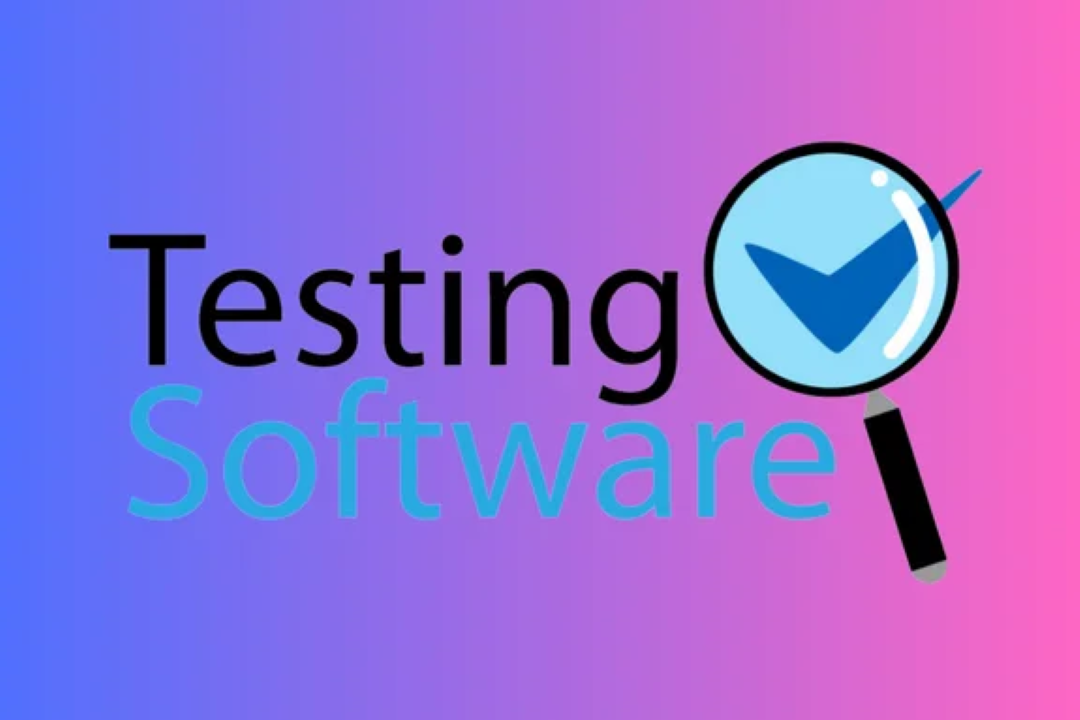Equivalence Class Testing in Software Testing
Improving Test Efficiency with Equivalence Class Testing
Equivalence Class Testing in Software Testing
Equivalence class testing is a valuable software testing technique that helps ensure thorough test coverage while minimizing redundancy. By grouping input data into equivalence classes based on their expected behavior, this approach allows testers to efficiently select representative test cases for validation. Through this method, testers can effectively identify and address potential issues within specific input ranges, maximizing test coverage and overall software quality.
To Download Our Brochure: https://www.justacademy.co/download-brochure-for-free
Message us for more information: +91 9987184296
1 - Equivalence class testing is a software testing technique that involves dividing possible test inputs into different equivalence classes to reduce redundant test cases and ensure comprehensive test coverage.
2) The main purpose of equivalence class testing is to select a representative value from each equivalence class to test the software behavior.
3) Equivalence classes are created based on input conditions that are processed in the same way by the software.
4) By testing one value from each equivalence class, testers can effectively validate the software's response without testing every possible input.
5) Equivalence class testing helps in reducing the number of test cases required for thorough testing, saving time and effort.
6) It focuses on testing boundary values and values that are likely to cause errors or exceptions in the software.
7) Equivalence class testing helps in identifying defects early in the development cycle, leading to higher quality software.
8) It is based on the principle that if one value from an equivalence class behaves correctly, then all other values in that class should also behave correctly.
9) Equivalence class testing is particularly useful in situations where exhaustive testing of all possible inputs is not practical.
10) It is essential for testers to have a good understanding of the system requirements and boundary conditions to effectively apply equivalence class testing.
11) Equivalence class testing can be easily automated using test automation tools to increase efficiency and accuracy.
12) It helps in increasing the reliability of the software by systematically testing different scenarios.
13) Equivalence class testing can be combined with other testing techniques such as boundary value analysis for more thorough testing.
14) By categorizing inputs into equivalence classes, testers can prioritize test cases based on the criticality of each class.
15) Training programs for students on equivalence class testing can cover topics such as identifying equivalence classes, selecting representative test data, designing test cases, and executing tests to ensure comprehensive test coverage in software testing projects.
Browse our course links : https://www.justacademy.co/all-courses
To Join our FREE DEMO Session: Click Here
Contact Us for more info:
- Message us on Whatsapp: +91 9987184296
- Email id: info@justacademy.co
Php Interview Questions For 10 Years Experience
Best Resources To Learn Javascript
Top 10 Data Science Institutes In Bangalore












